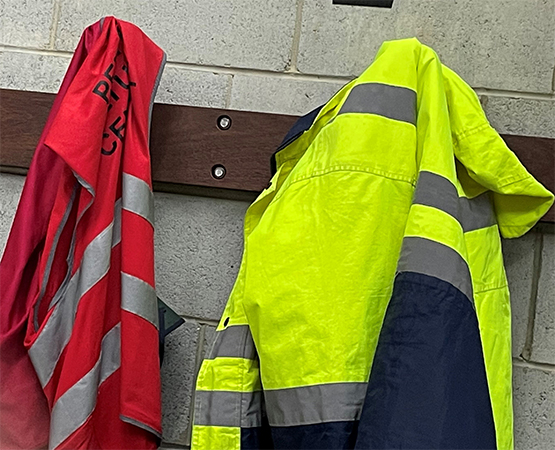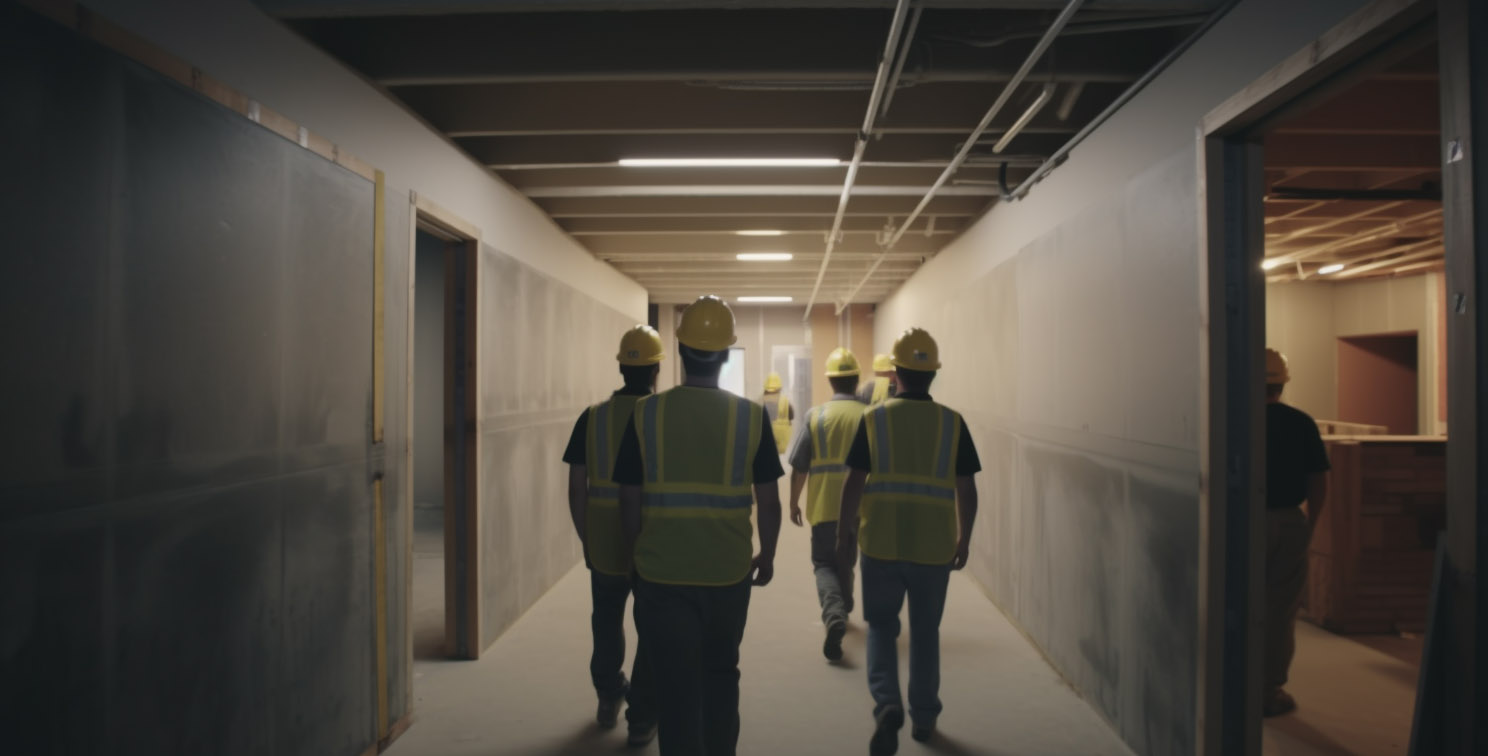 Employees are the most valued assets in any organization, and their safety matters a lot towards the organization's growth. On the shop floor, employees strive to meet quotas and remain productive individually or in teams. Employees deserve attention while executing their duties, and all goal-oriented organizations strive to ensure employees are safe and sound.
Employees are the most valued assets in any organization, and their safety matters a lot towards the organization's growth. On the shop floor, employees strive to meet quotas and remain productive individually or in teams. Employees deserve attention while executing their duties, and all goal-oriented organizations strive to ensure employees are safe and sound.



 Today, more than ever, it is important to ensure safety in the workplace. Having a registry of safety observation reports is essential to help identify and mitigate risks before they occur. By setting up a secure system for reporting observations, you can make sure that any issues or mishaps with safety equipment are accounted for and dealt with quickly. If everyone does their part keeping an eye out and following protocols correctly, then the overall safety of the workspace can be greatly improved.
Today, more than ever, it is important to ensure safety in the workplace. Having a registry of safety observation reports is essential to help identify and mitigate risks before they occur. By setting up a secure system for reporting observations, you can make sure that any issues or mishaps with safety equipment are accounted for and dealt with quickly. If everyone does their part keeping an eye out and following protocols correctly, then the overall safety of the workspace can be greatly improved.
Hit the ground running with all our Incident Report form templates and registries or create / load up your own
Mobile Incident Reports so that staff can access and report from the field / while on site from their phone or tablet
Using our safety observation form builder, you can create any type of report form and generate a matching registry. Enable your staff to record incidents in the field and from their phones or tablets replacing traditional paper based or draconian style processes. Get Started for Free